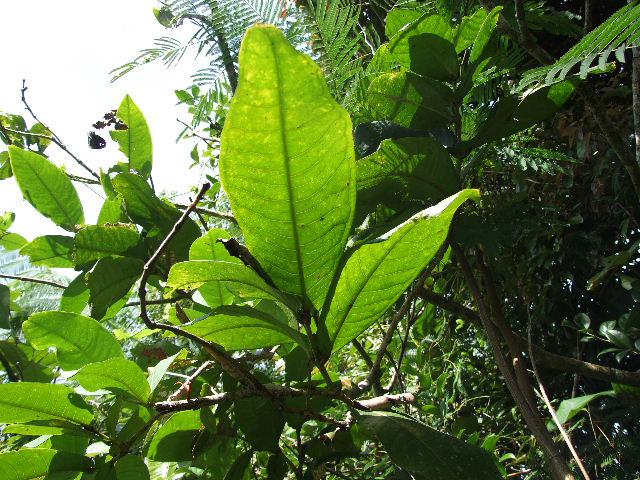Yayan Wahyu Candra Kusuma
Little is known about the present status of Syzygium ampliflorum (K.&.V.) Amsh. in nature. Reassessment of its population’s viability, population size and habitat preferences are important to convince its conservation status and make prediction about future population dynamics for its sustainability.

Syzygium ampliflorum, an endemic plant species in Java, is restricted only to Mount Galunggung in West Java (Backer and Bakhuizen van de Brink, 1963). It is distributed in lower montane forest at altitude under 1500 m a.s.l (Whitten et al, 1990). The explosion of this mountain in May 5th 1982, has led S. ampliflorum being listed as Critically Endangered by IUCN since 1998. The numbers of surviving populations are not confirmed yet. Recent research to assess its conservation status conducted by World Conservation Monitoring Centre was less conclusive (WCMC, 1998). Reassessment of its population’s viability, population size and habitat preferences are important to convince its conservation status and also to make prediction about future population dynamics of the species.
This project will consist of these following main activities:
i) Data gathering of the targeted species, such as population size and distribution on Mount Galunggung based on herbarium specimens lodged in Herbarium Bogoriense (BO) and previous expedition reports;
ii) Interviews with local people to gather further information about the species, especially its use for indigenous people,
iii) Conducting field survey to find the existing population of the species.
All recorded plants will be marked for future research and monitoring. Living material of the plant (seed, seedling and parts of the tree) also will be collected for propagation, and used for the last activity; restocking, if it’s necessary. The restocking will be conducted with the participation of the stakeholders. Initially this activity will only be in one area and will serve as a trial and awareness raising exercise with the public using the conservation of this rare tree as a focus. Results will be reported to RSG and published as scientific paper and also will be distributed to IUCN in order to contribute for global action in conserving rare species in the world.